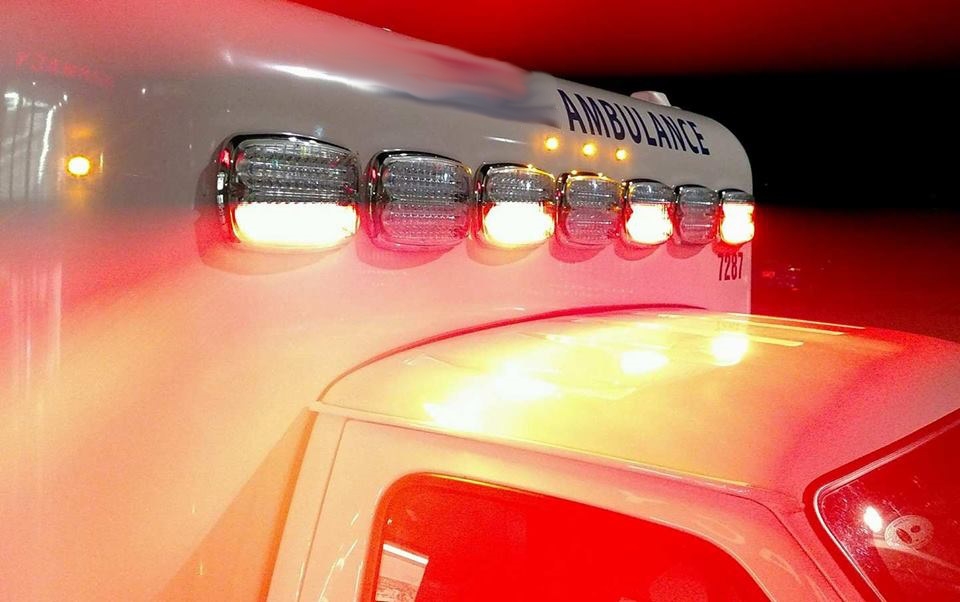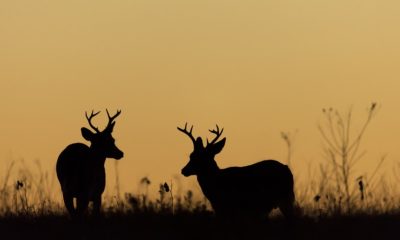Wisconsin
DNR explains new Minnesota deer hunting rules
The Minnesota gun deer season will begin Saturday with new rules for hunters in Chronic Wasting Disease (CWD) Management Zones.
Hunters in a management zone cannot take a deer out of that zone without quartering it to leave behind the head with brain material and spinal column, according to Jaime Edwards, manager of the Whitewater Management Area with the Minnesota DNR. The quartered parts of the deer can be taken out. Edwards added hunters can take the deer to a processor and take the meat from the zone after processed. Otherwise, hunters who wish to move the full animal can hold it in the zone until CWD test results return with a negative sample.
“The biggest change that hunters need to keep in mind is they have to be prepared when they go out hunting this year,” Edwards said. “Hunters need to plan ahead for how to handle their deer to get it out of the zone.”
The Minnesota DNR does have a list of processors willing to accept whole carcasses or parts of deer online. There is also a list of check stations of where to get deer sampled. Sampling stations will often have a tripod for hanging the deer and quartering it as well as a table, saw supplies, a dumpster to dispose of the carcass, and a box for donating hides, according to Edwards. Those stations will be staffed during the entire gun season for the managed zones.
Edwards asked that people put deer in their vehicles, they have the head facing the tailgates so that it is easier to collect lymph nodes below the chin line for sampling.
“We are asking people to be patient and have their deer ready,” Edwards said. “They need to have their DNR license so it has the MN DNR number which is what they use for tracking their deer.”
While there is mandatory testing in the managed zone for all seasons, in the control zone, testing is only mandatory on the opening weekend of the A and B weekend.
“For those in the control zone, if you harvest your deer on opening weekend and then you don’t bring it in to sample right away, because it was harvested on opening weekend, you still need to get it sampled,” Edwards said.
There is voluntary testing for fawns because detection of the disease is questionable in the younger animals, but they do have to be presented at sampling stations so officials can confirm age.
In the management zone, hunters can get three bucks, and that is one per season, according to Edwards. Cross tagging of bucks is allowed, and antler point restrictions were removed.
“Hunters can harvest an unlimited number of antlerless deer by using the $2.50 management permits,” Edwards said. “The hunters should also hang onto their tags because there will probably be a late-season hunt, and their license and unused tags can be used in any of those late-season hunts.”
For the control zone, the carcass movement restrictions, deer feeding ban, and attractant ban are still in place. Hunters are only allowed one buck, but they can cross tag. There are no antler-point restrictions in the control zone.
“Hunters can use an A or B license for the respective firearms seasons,” Edwards said. “In the management zones, they can use an A or a B license to hunt any of the seasons.”
Hunters who have questions can ask the staff at registration stations, conservation officers, or they can call the DNR offices.
Edwards said their strategy to cut down on the spread of CWD is going well. The DNR believes the spread can be limited by controlling the deer population.
“Hopefully, that will buy us some time so research can catch up and we have different approaches or tools,” Edwards said. At this point, our best tool is to reduce the deer herd and get those positive deer off the landscape.”
Those who enjoy the hunt, but do not want more than one or two deer for themselves can donate the meat.
“We just want people to get out and help harvest,” Edwards said. “A lot of times, people are concerned that we are going to wipe out the deer herd, and that is just not the case. We have so many deer across the landscape. We are above goal in so many of our permit areas. If we can reduce the herd, but 4 deer per square mile, that will go a long way in helping reduce the transmission in CWD to other deer and limit the spread. “
The DNR also installed dumpsters to dispose of deer carcasses. Officials were forced to scramble after one waste hauler backed out late last month. Edwards said other businesses stepped in to fill the gap.
“It has been a little bit chaotic trying to get those dumpsters in place because we had them, but then some of them had to be removed,” Edwards said. “We are doing the best we can with the circumstances. We appreciate people’s patience and willingness to keep double-checking. We are trying to get as much for the hunters out there to be available.”
Dumpster locations can also be found online.






